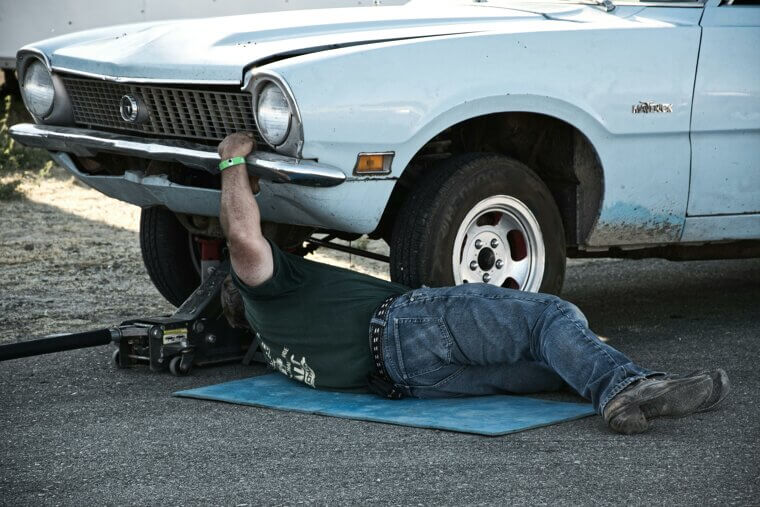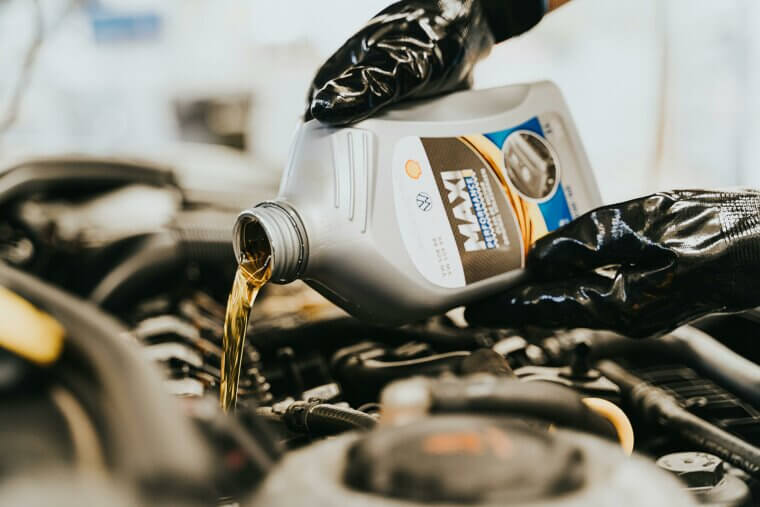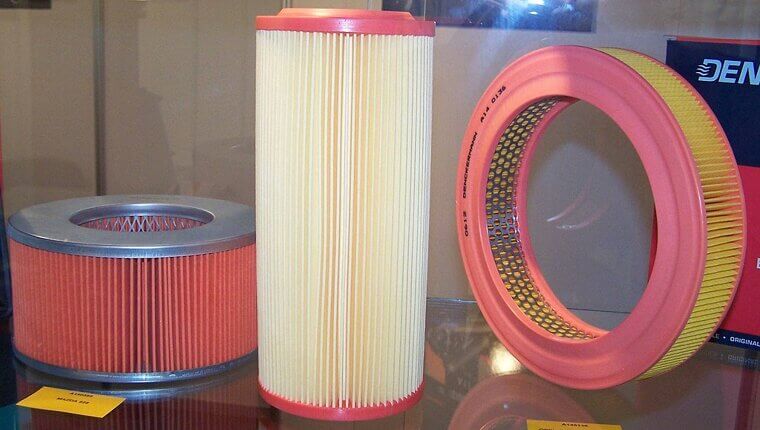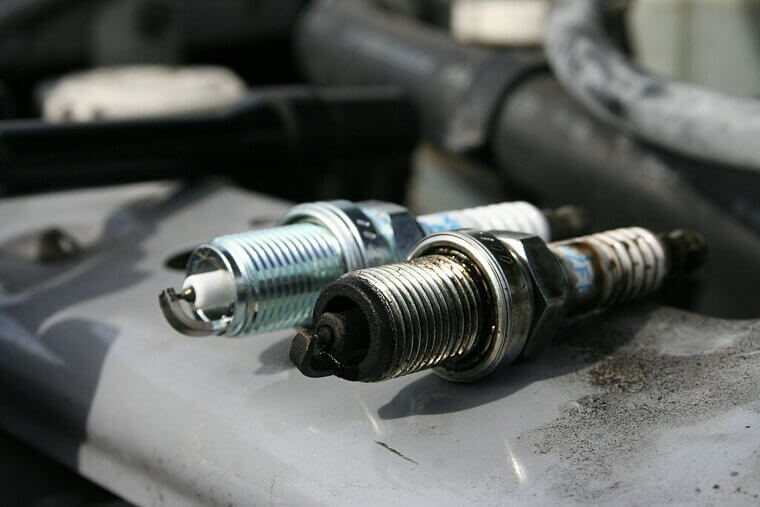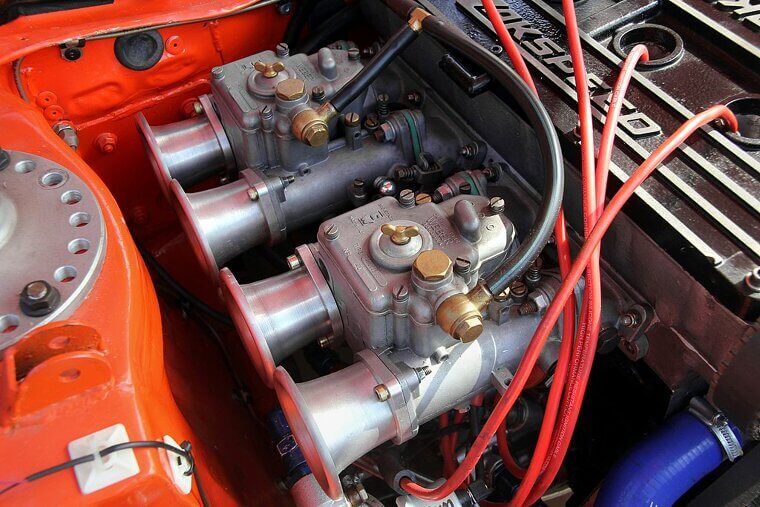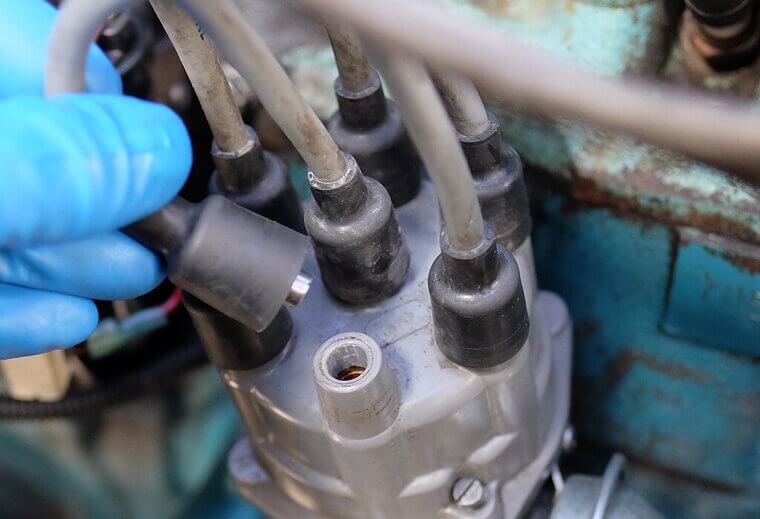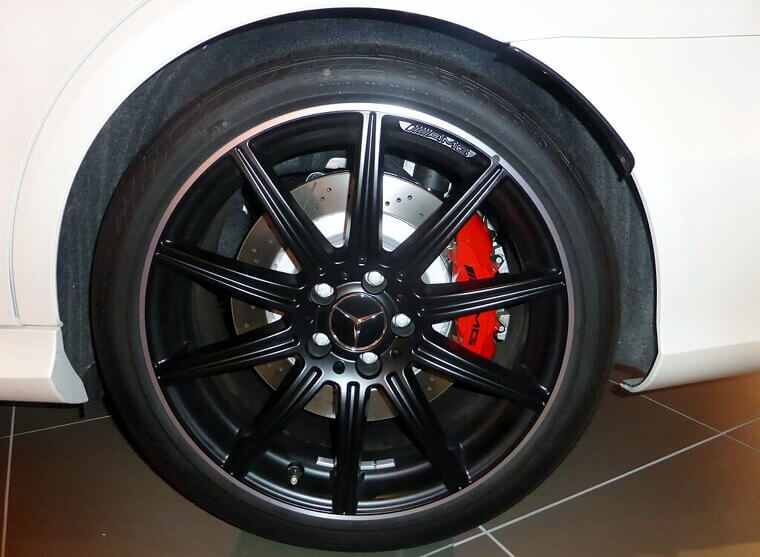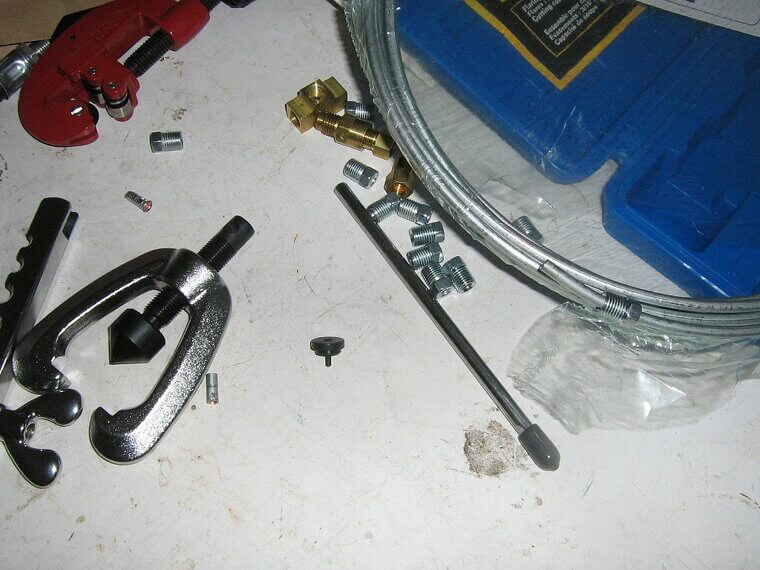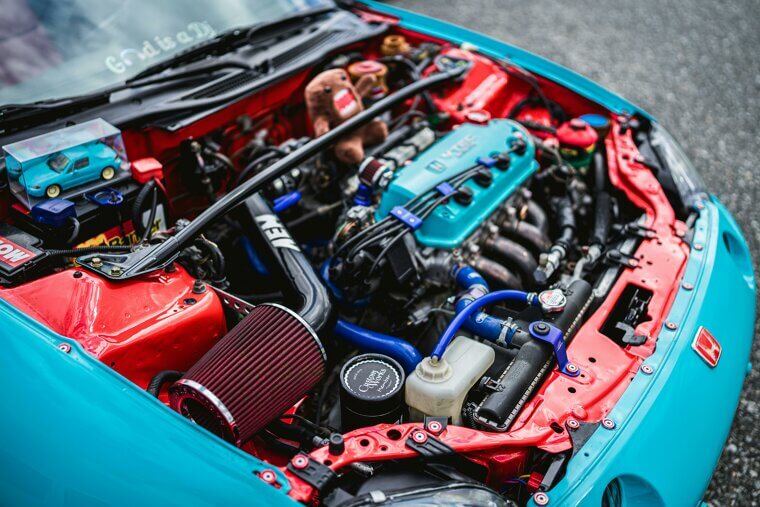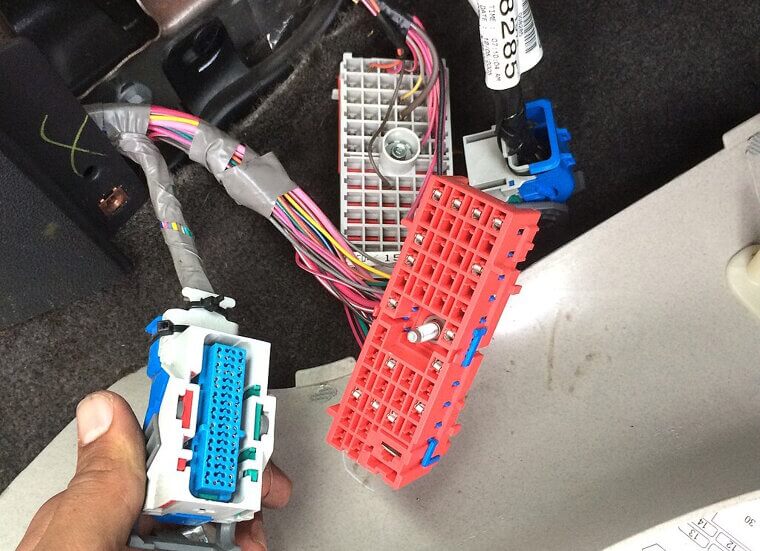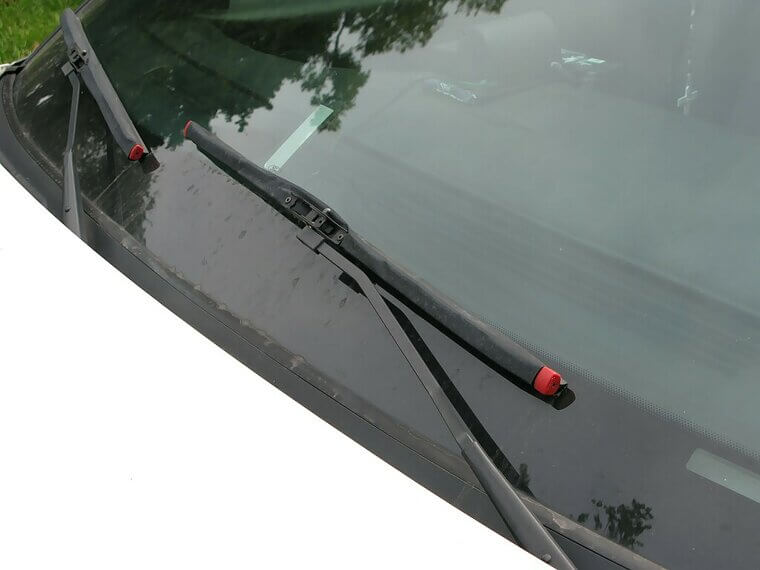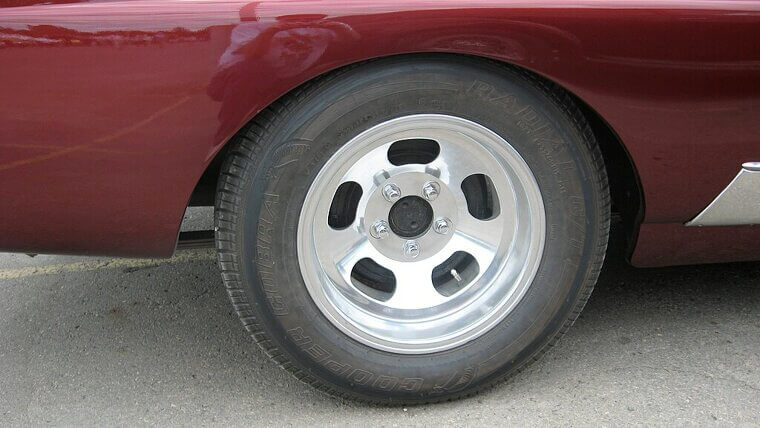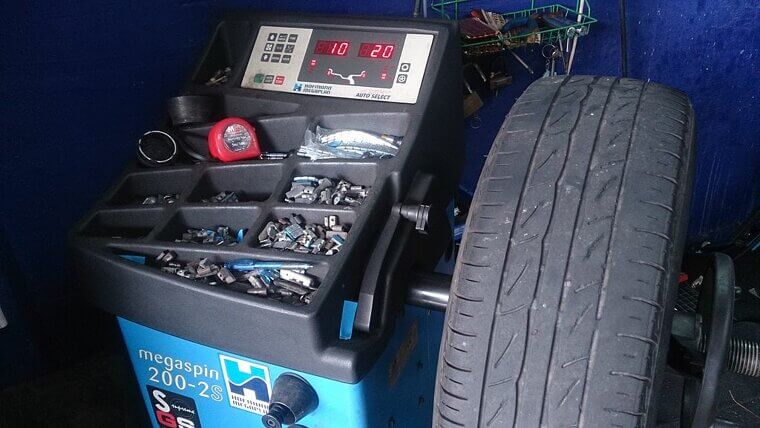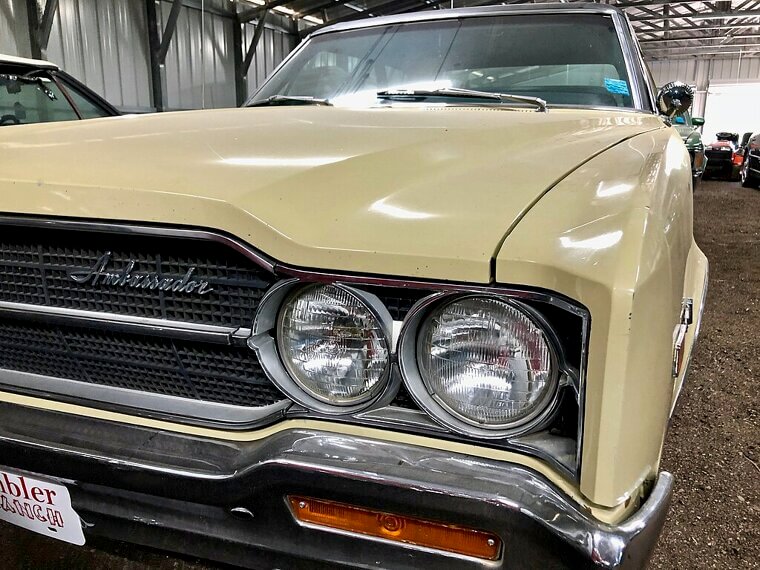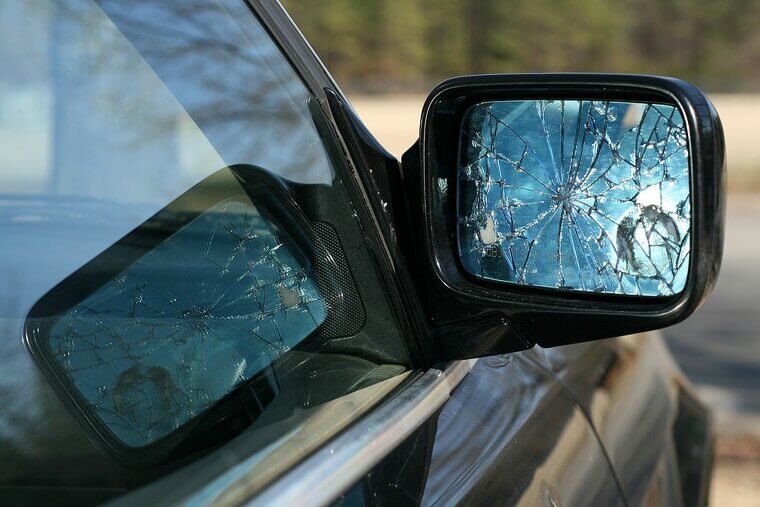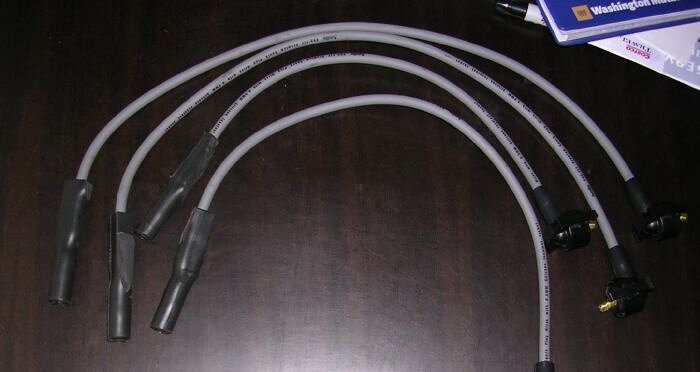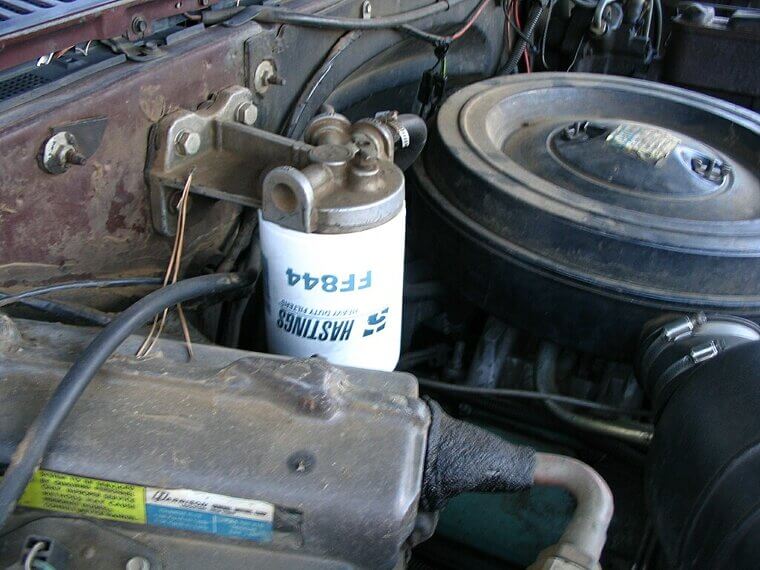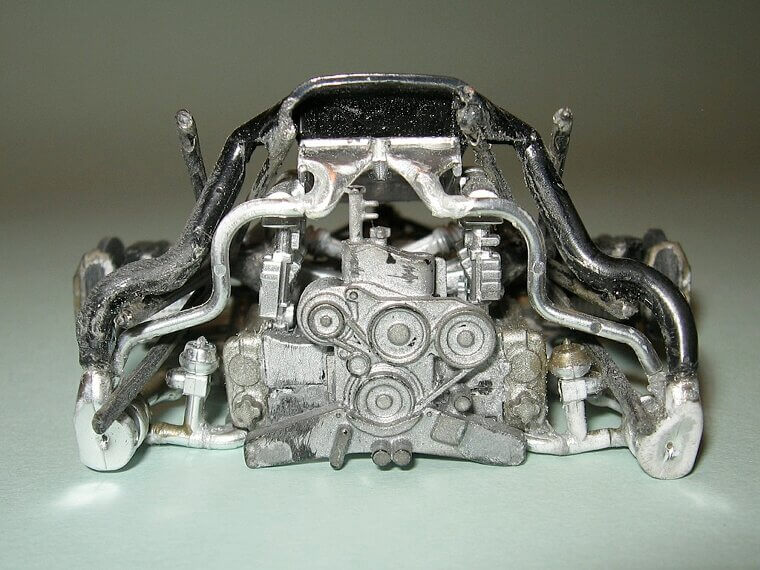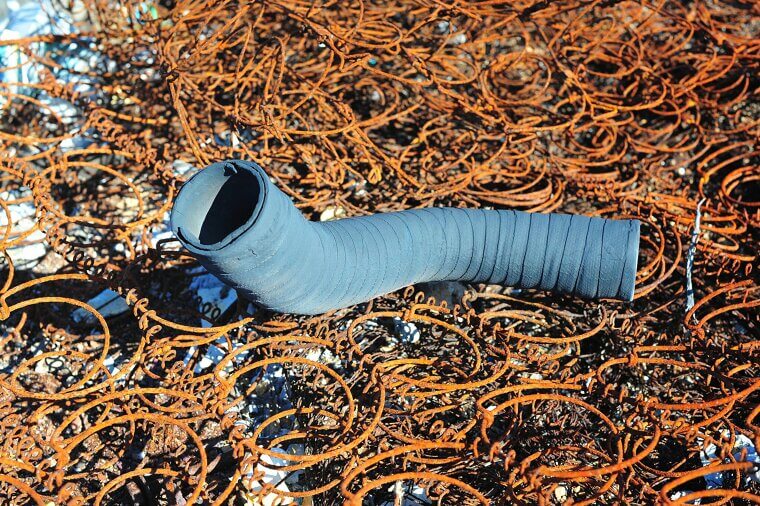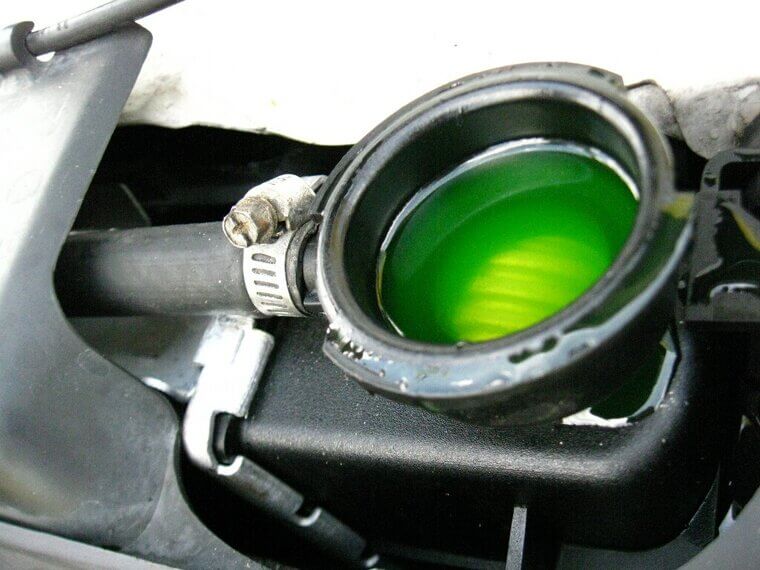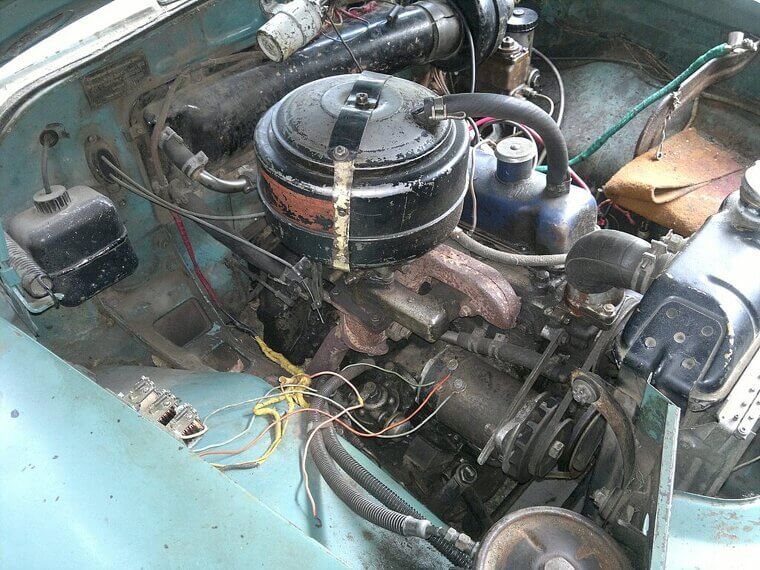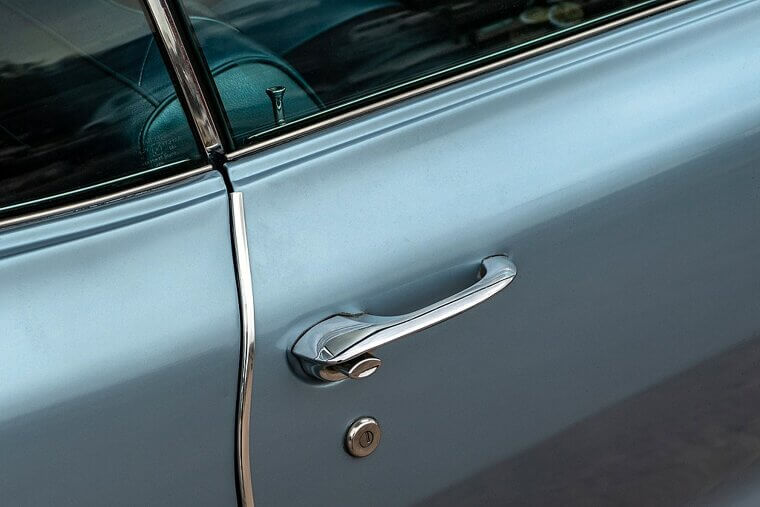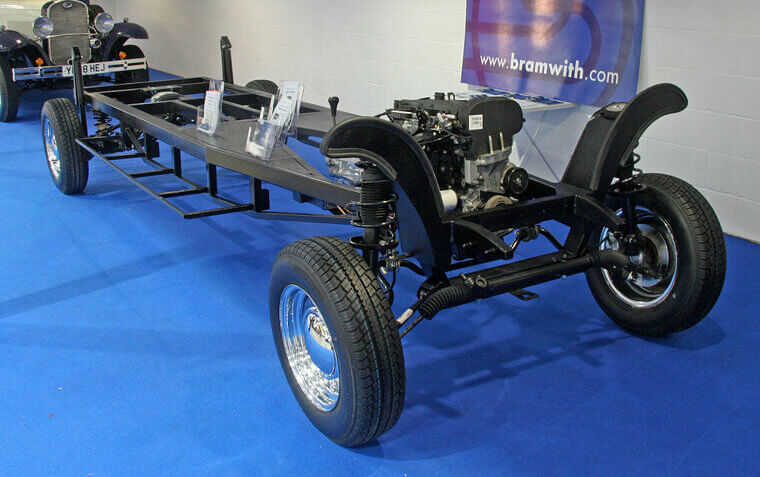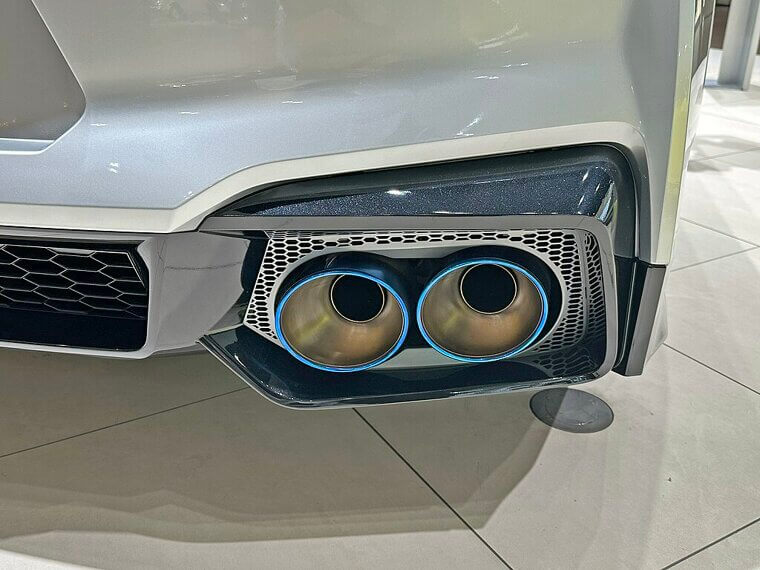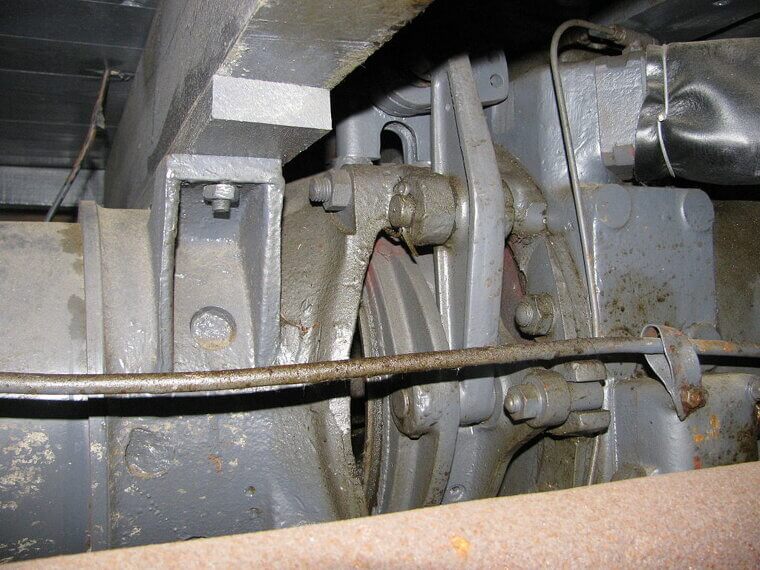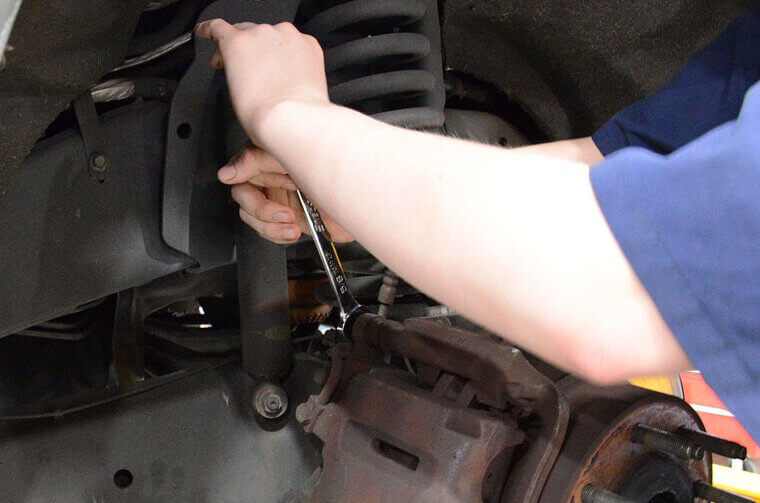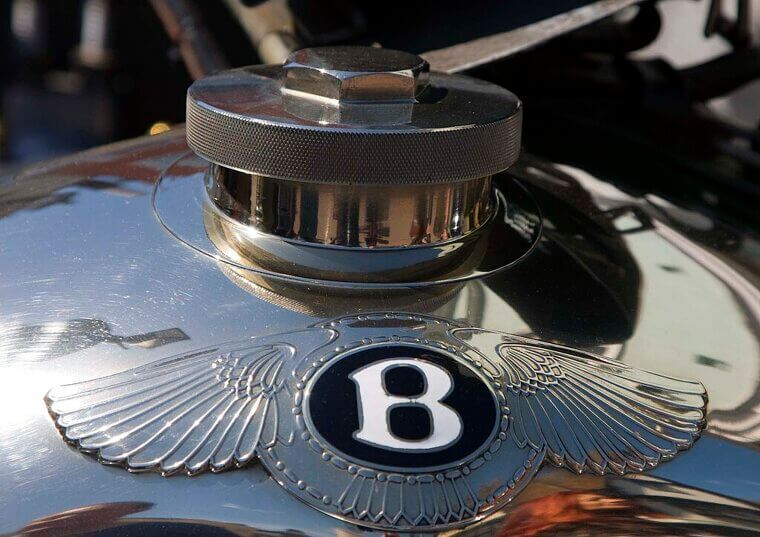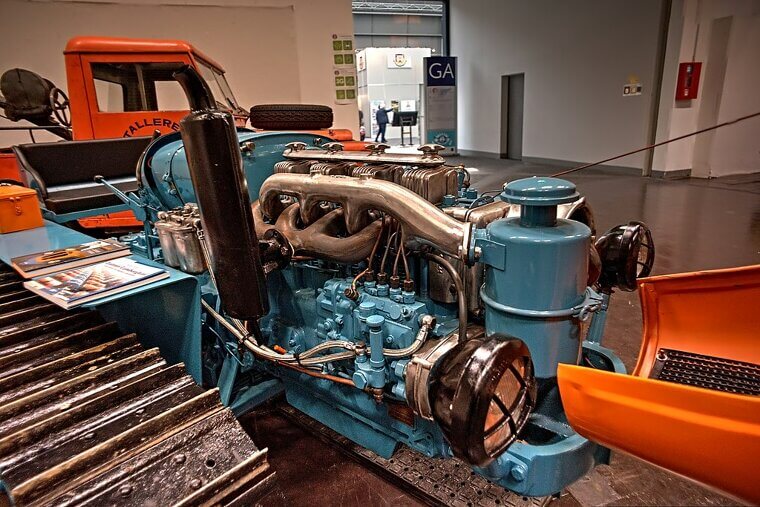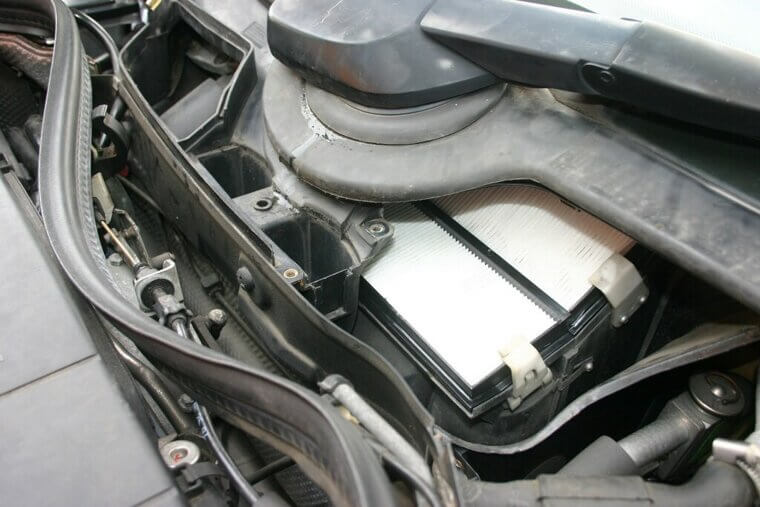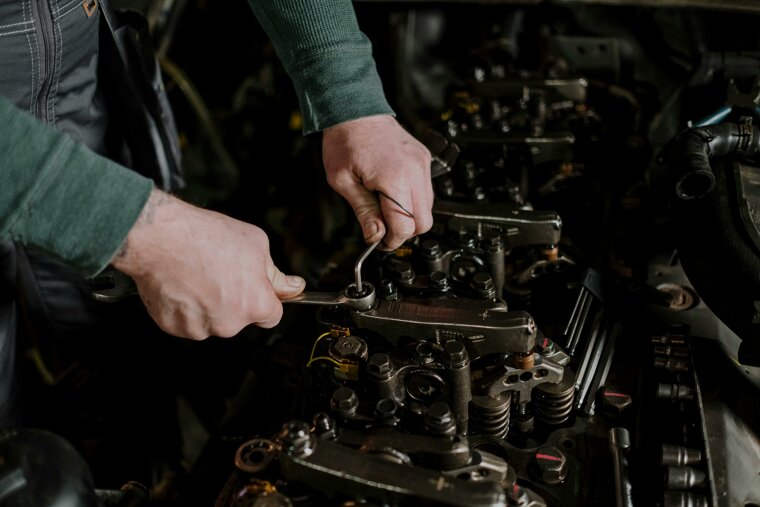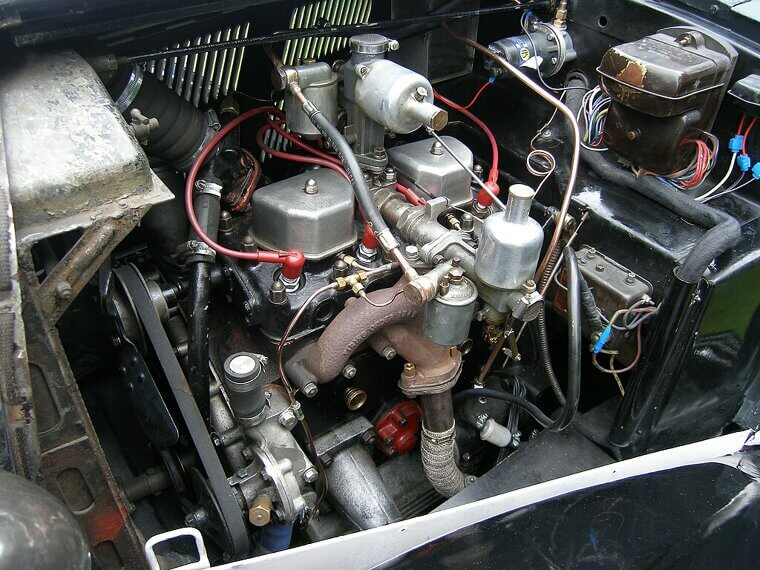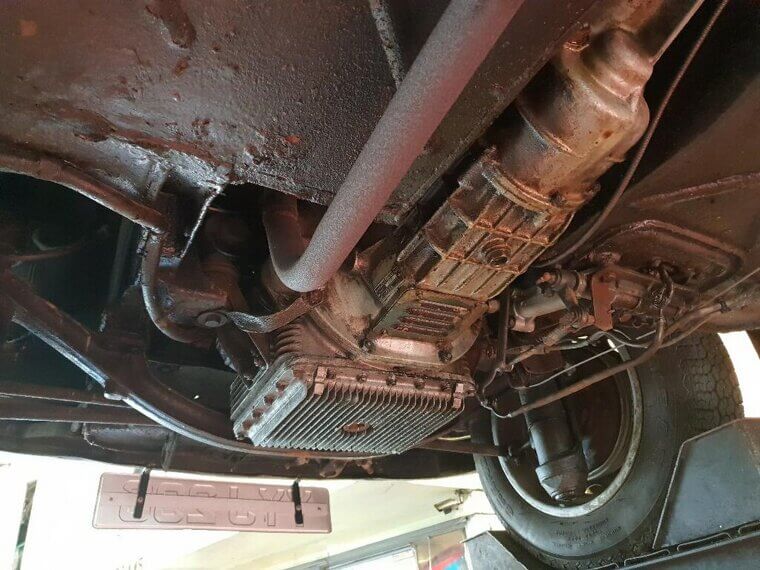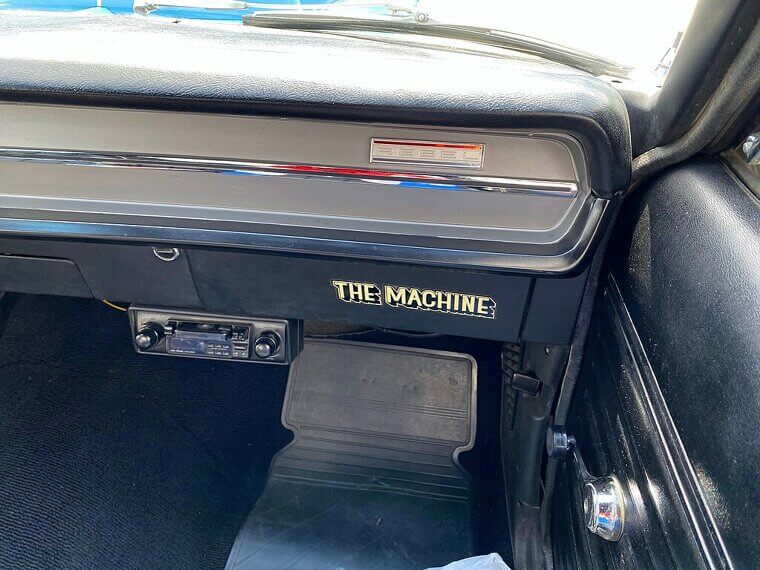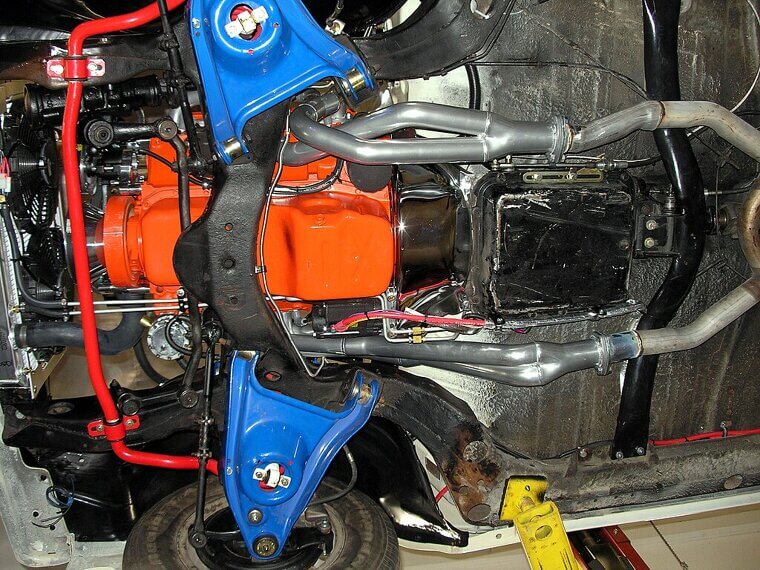Remember When Fixing Your Car Didn’t Require a Degree?
Getting shoulder-deep into a car engine with a wrench used to be common practice. Let’s cruise down memory lane to a time before EVs when you could fix most things with a little knowledge and some elbow grease.
Changing the Oil and Filter
Oil is to your car like blood is to you - it keeps everything flowing cooly and smoothly - so changing it and the accompanying filter was the most classic of maintenance rituals. Dirty oil gums up the works, but you can hear the purr of a freshly serviced vehicle!
Replacing Air Filters
Sometimes your car needs to breathe too, and air filters act as its lungs, filtering out dust and dirt. Believe it or not, this used to be a simple job performed within an hour, detaching the old filter and adding a fresh replacement for a sputter-free engine.
Swapping Spark Plugs
Despite their tiny size, spark plugs are essential for igniting your car’s fuel-air mix. They’re the keys to combustion! Changing them is like tuning a guitar; fresh ones don’t just give you more power, but a smoother idle and improved ignition.
Adjusting the Carburetor
Your carburetor is responsible for mixing the correct combination of fuel and air, although these days you’re more likely to find a computerized black box for a fuel injector. Back in the day, you had to tweak a carburetor just right to make your vehicle sing.
Replacing the Distributor Cap and Rotor
The cap and rotor were part of the relay race of electricity, passing the energy to your spark plugs for ignition - or stalling the engine when they went bad. They were easy to replace and satisfying, but most modern vehicles use distributorless ignition systems or coil-on-plug set ups.
Changing Brake Pads
Brake pads add friction to brake rotors to stop your car quicker and you could change them with a jack and calipers. You can still change pads yourself in many vehicles, but along with other technology the process has become much more complex!
Bleeding Brake Lines
Brake lines carry hydraulic fluid, and if they’re not bled? Air bubbles can impact stopping performance. Removing bubbles was simpler in older cars; however, electronic brake systems and ABS modules have made specialized tools or scanners essential.
Replacing the Battery
Your car’s battery is the electric heart powering all its systems, and while replacing it required some upper arm strength, it was simple enough. It sometimes still is, but more smart charging systems, hybrid/electric batteries and stop-start technology requires a different approach (or even programming).
Changing Fuses
Fuses safeguard your circuits from electrical overload; if pops, all you have to do is replace it! Fuses are still present, but relay boxes are more complicated, and software diagnostics might be needed in more complicated electric systems.
Replacing Windshield Wipers
Clip the old, scratchy windshield wiper out, replace it and a brand spanking new one and clip it in - it’s as easy as pie. Things are more or less the same on that front, but modern windshield wipers can be a little smarter.
Fixing a Flat or Swapping Tires
If your car’s tires lose grip on the road then so do you! You could impress passengers by whipping out a jack and wrench to physically do the job yourself, but modern amenities such as tire repair kits and run-flat tires have changed the vibe and process entirely.
Rotating Tires
Rotating tires spreads wear more evenly and extends their life - something you used to be able to do with a car jack. Now? AWD and speciality setups make specific rotation patterns and even professional services a far more common requirement.
Replacing Bulbs
Illumination and car language rolled into one, replacing bulbs in simpler times was easier. It’s still not too complicated - often requiring a few extra steps - but complex sealed assemblies are popping up which might need special tools to access.
Adjusting Headlights
A safe-driving necessity, properly-aimed headlights preventing blinding other drivers, and it could be done manually with a screwdriver. Newer cars have computer- or sensor-controlled, auto-levelling headlights, while LED arrays might add further complications; you can still tweak simpler setups yourself, though.
Fixing a Loose or Broken Side Mirror
Side mirrors are the eyes for your blindspots, and you don’t want to lose sight of what’s important. Removing screws and bolts or even the entire glass was easy back in the day, but newer models include heating, electrical or even camera elements that need specialist knowledge to fix.
Replacing Spark Plug Wires
Spark plug or ignition wires deliver the current to the titular plugs, and both need to be treated with care. You’d need to match the length and order to replace them, though since many vehicles have moved away from classic ignition systems there are no wires to replace!
Replacing the Fuel Filter
The fuel filter protects the engine from dust and dirt to keep internal vehicle parts running smooth. In older cars replacement is straightforward; in modern vehicles filters are harder to reach without dealership tools or replaced with lifetime fuel filters. Some are even integrated, further complicating matters.
Changing Belts
Belts drive many internal components, but after a while they tend to wear and snap. Separate belts have largely been reduced to one large, serpentine belt; it’s technically simpler, but complex routes might need special tools and know-how beyond the basic DIY knowledge of old.
Replacing Radiator Hoses
Coolant carriers between the radiator and engine, these hoses could be replaced simply enough. While that’s still true, complicated routing and specific clamp-removing tools complicate matters more than the simplicity of past approaches.
Flushing and Refilling Coolant
Antifreeze keeps the internal temperature of your engine stable in extreme conditions, so draining and replacing it was important to smooth operating. Basic DIY maintenance is still possible; however, specialized coolants make things more complicated while sealed cooling systems need specialized servicing.
Adjusting the Clutch Cable
The clutch cable connects the pedal and mechanism and could occasionally stretch, so DIYers could tighten or loosen it with a cable nut. Since the decline of manual transmission there’s less use for this, and modern manual cars often feature self-adjusting hydraulic clutches.
Fixing Door Locks and Handles
If a handle loosened or a lock jammed, DIY enthusiasts could remove the door panel and fix the problem manually, maybe even replacing the damaged part. That’s still true, but electronic locks, security sensors and keyless entry systems make matters far more risky. So many things can go wrong!
Replacing Shocks or Struts
These parts absorb impacts to make your car ride smoother, and while replacing them wasn’t simple it was a classic driveway maintenance ritual. Many modern cars have advanced tech - active dampers, adaptive suspension, or electronic suspension strut integration - that need dealer attention (and sometimes, deep pockets).
Replacing or Repairing the Muffler
Mufflers can help reduce emissions and make your car’s voice quieter. Going under the car to replace them was easier in older times, and while it’s still doable, integrated sensors and welded stainless-steel exhaust systems don’t make things easier.
Fixing or Replacing the Horn
Older car horns were easily accessible from under the hood, and they are still simple… to a point. It’s not the horns themselves that are complicated, but getting to them is; steering wheels with airbags and horn circuits linked to body control modules (BCMs) add modern awkwardness.
Adjusting Parking Brakes
Your car’s cable-accuented parking brake was perfectly accessible in the days of yore - tighten a nut or tweak some tension under your vehicle, and you’re gold. With the inclusion of electronic parking brakes in recent models they now require diagnostics and recalibrations, which is not DIY-doable unless you’re RoboCop.
Replacing Wheel Bearings
If you wanted smoothly spinning wheels you would find the bearings under your hubcaps then clean or replace them. The effort to do this on modern hub assemblies or sealed bearing units is magnified; you replace the whole unit instead, but you might even need extra tools.
Replacing the Radiator Cap
The radiator cap helps route overflow and prevent overheating. As the name suggests, it was as simple as popping off the cap and putting a new one on! While most cars still use standard radiator caps, some new models have pressurized expansion tanks that lack radiator caps entirely.
Fixing or Replacing the Thermostat
As the name suggests, the thermostat controls coolant flow to the engine. The old method involved draining it, unbolting it then replacing and refilling it, and that’s not changed. Unfortunately, now the thermostat is in harder-to-reach places (more scraped knuckles) or might even be electronic.
Replacing Cabin Air Filters
If it wasn’t for your cabin air filters, you’d be inhaling all kinds of nasty dirt, dust and pollen. They only appeared in the ’90s, and the process of finding the panel to switch the filters remains. The difference is, manufacturers tend to hide these panels like the holy grail!
Tightening Loose Bolts and Screws
Tightening nuts and bolts was the meat and potatoes of DIY, so to speak. You wouldn’t think much has changed with tightening them, but the inclusion of hidden fasteners, torque-to-yield bolts and fragile plastic clips have made things slightly more difficult.
Adjusting or Replacing the Choke
Chokes enrich your car’s air-fuel mixture. Classic car chokes could be tweaked with a screwdriver (if manual) or you could adjust their springs (if automatic) but in modern models they’re extinct. ECUs, temperature sensors and fuel injections have completely replaced them.
Replacing the Fuel Pump
Older cars had mechanical fuel pumps that delivered gas from your tank to your engine. Things have changed so much on that front, because modern electrical fuel pumps are usually inside the gas tank! Repairs are still technically possible… if you have a lot of time, tools and know-how.
Fixing the Glove Box Latch
Glove boxes used to have simple latches, which meant a simple DIY fix. They’re still largely mechanical even today, though electronic glove boxes and tech-based mechanisms can complicate matters.
Changing the Oil Pan Gasket
This system holds your car’s oil, and that’s still the case. However, compact components in newer vehicles means removing other parts to get to it, making this far less simple and more of a fiddly, over-the-weekend DIY project.

